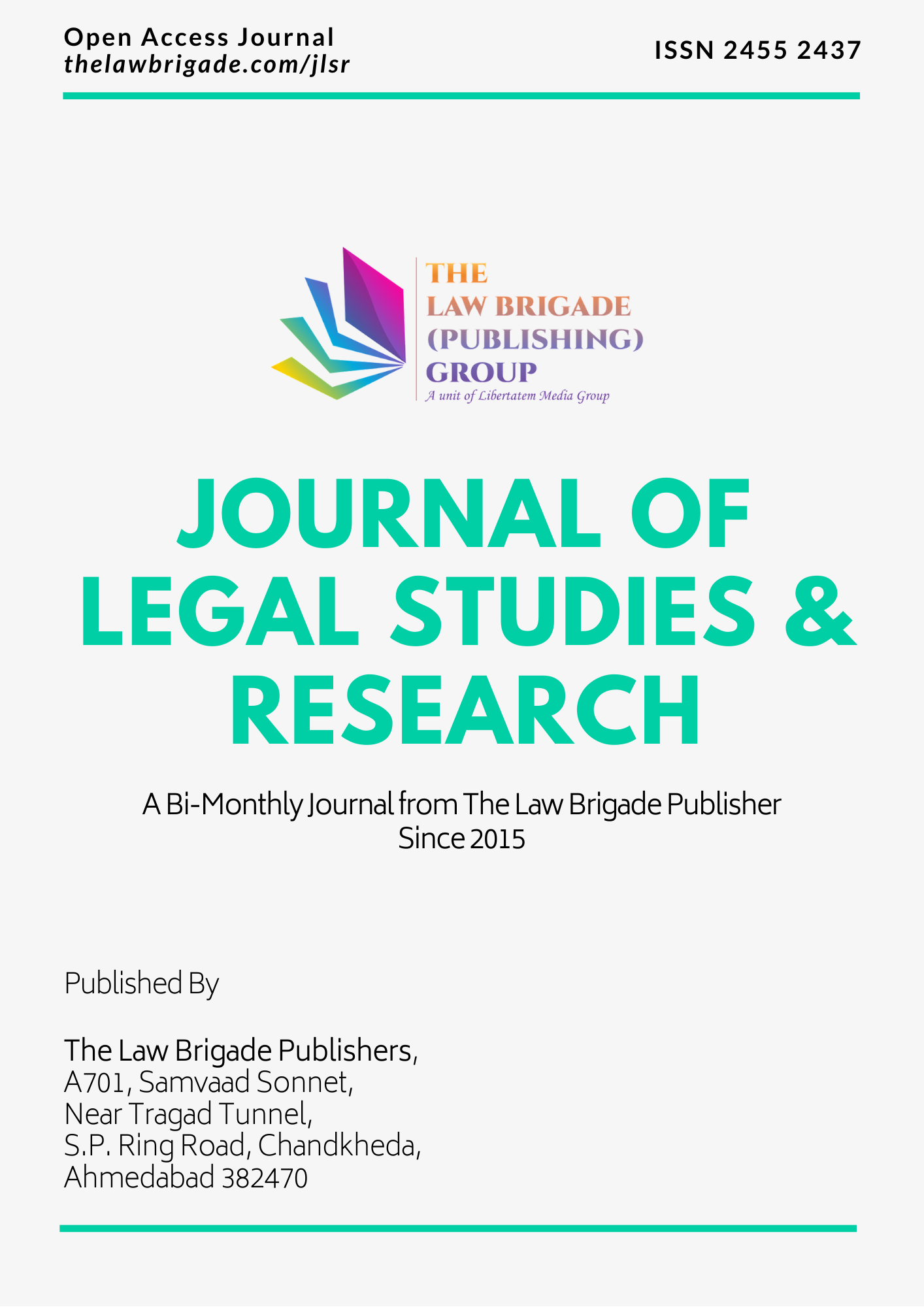In Canada, the two degrees of government have the ability to make work regulations. While this ‘divided sacred obligation’ regarding work relations isn’t generally seen as an attractive component of Canadian culture, it has its benefits in that it advances trial and error and gives a valuable chance to change. In addition, it takes out the possibilities having one ‘awful regulation’ cover the whole country.
Official improvements in the private and public areas have prompted critical expansions in worker’s guild development throughout the long term. In 1944, the Wartime Labor Relations Regulation (Order in Council PC 1003) was presented which contained a private area system for the acknowledgment of worker’s guilds. From this date, unionisation in the private area prospered until the mid 1980s. In the public area, association development was significantly more emotional. Somewhere in the range of 1965 and 1975 each of the 10 areas and the Federal government passed regulation permitting representatives to deal on the whole. Two critical patterns came about because of this: the unionisation5 of middle class labourers and professional gatherings and an expansion in public organisation enrolment.





